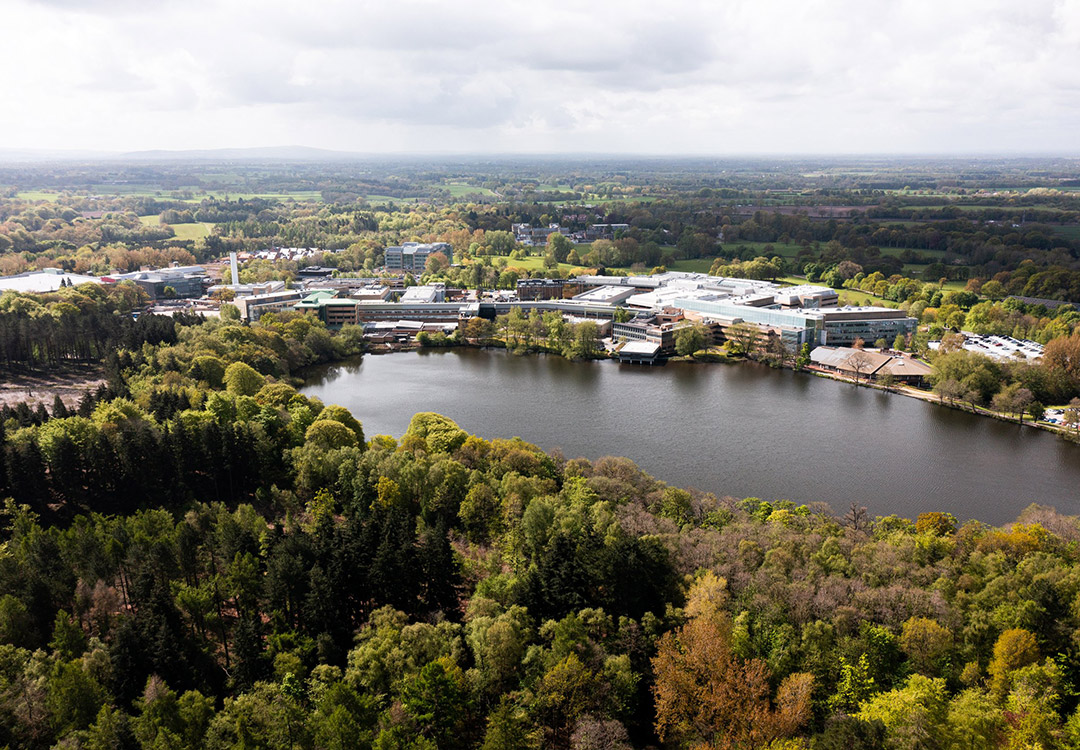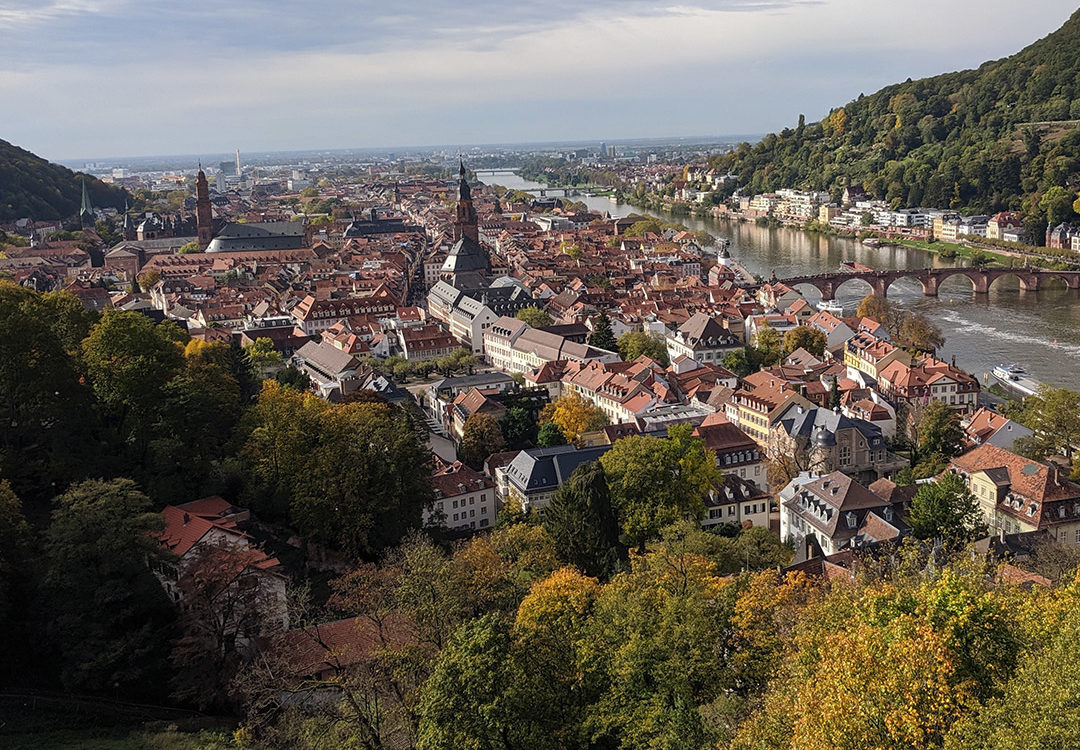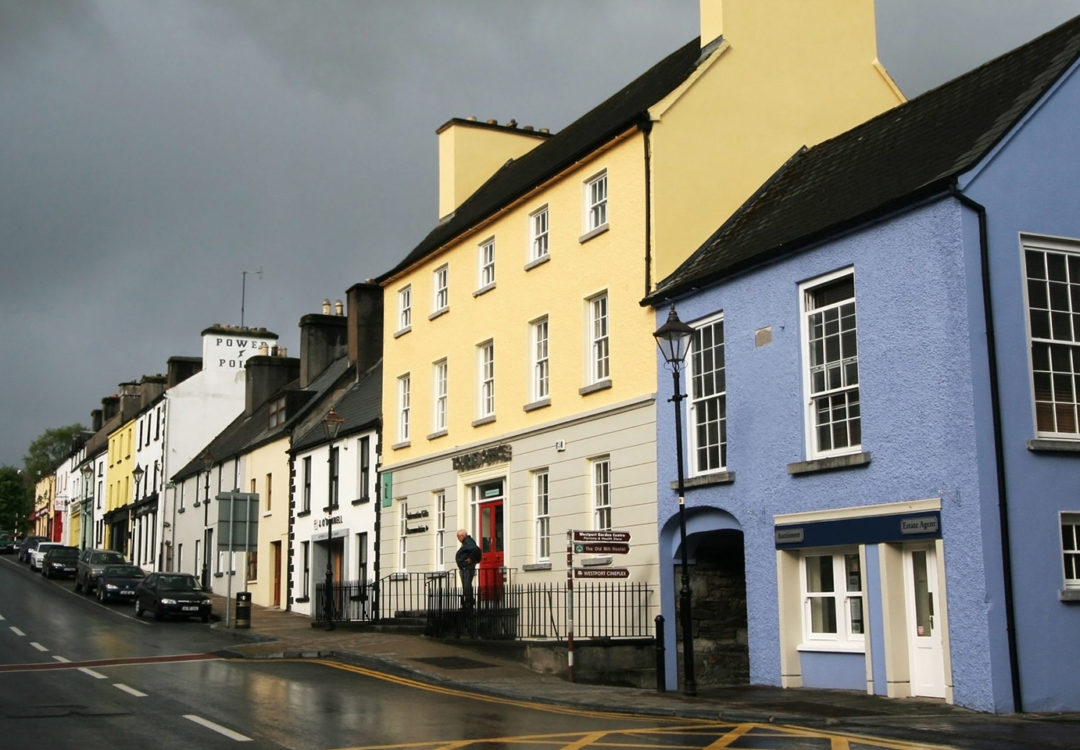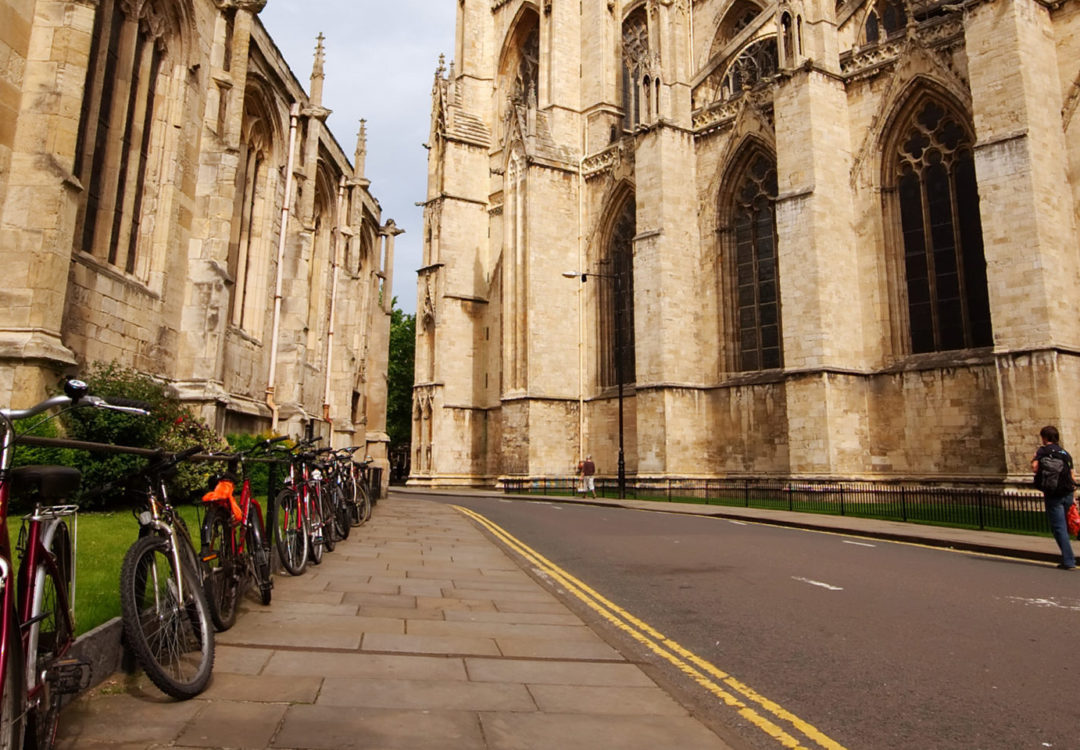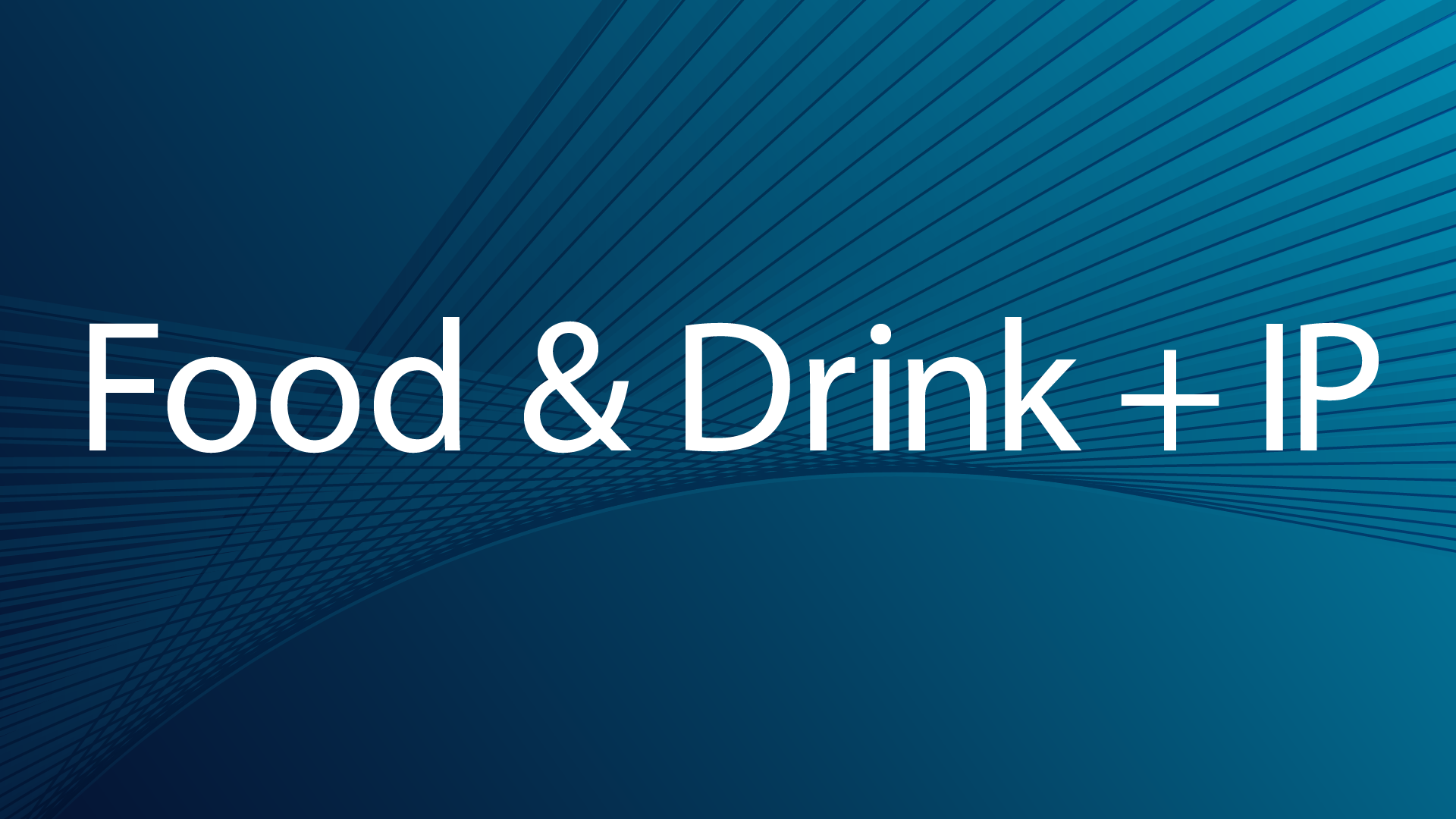News
Patentability of Simulations in Europe
May 2022
Simulations offer a powerful tool in modern-day engineering. Subjecting designs to initial testing in a simulated environment will, for many designs, reduce costs owing to reduced needs to produce and test physical prototypes, consequently reducing material wastage and development costs.
Many businesses make significant investment is developing sophisticated simulation techniques and look to commercialise these developments. A cornerstone of commercialisation of new technologies involves seeking to protect the rights to their simulations by means of intellectual property.
We take a look at the patentability of simulations in Europe.
How have simulations been viewed in Europe?
Computer-implemented inventions have historically been patentable before the European Patent Office (EPO) subject to certain criteria. A requirement for inventive step before the EPO lies in the technical character of the invention: non-technical features of an invention may not contribute to inventive step. Computer programs are deemed patentable before the EPO insofar as they have a technical effect in the real-world going beyond the normal running of a computer program. Simulations, by their very nature, do not lie in the real world but may offer real-world benefits when their output is used to influence design, and as such their patentability in Europe has been at issue.
Circuit Simulation
A significant simulation case at EPO Board of Appeal level was Infineon’s application (T 1227/05) in 2006, which related to a numerical simulation that could be used to predict the performance of a designed electronic circuit in the presence of noise. Infineon’s application was initially been refused by an Examining Division at the EPO because, without defining any physical end product, the simulation steps were not deemed to have any impact on physical reality, and were therefore considered to be non-technical in nature.
On appeal, an EPO Technical Board of Appeal (TBA) decided that simulation of an electronic circuit subject to 1/f noise was an adequately defined technical purpose and could therefore contribute to inventive step. The TBA noted that “Simulation performs technical functions typical of modern engineering work. It provides for realistic prediction of the performance of a designed circuit and thereby ideally allows it to be developed so accurately that a prototype’s chances of success can be assessed before it is built”. Importantly the TBA appeared to recognise the role that simulation played in a design process of, in this case, an electronic circuit and that simulation “enables a wide range of designs to be virtually tested and examined for suitability before the expensive circuit fabrication process starts”. In particular we note the TBA’s recognition and acceptance that avoiding production of unsuitable circuits provides an economic benefit.
The Infineon case thus appeared to pave the way for the patentability of inventions relating to simulating the performance of technical entities in Europe.
From Circuits to People
Despite the initial promise from the grant of Infineon’s application, at the end of 2021 the EPO finally refused an application “Bentley Systems” relating to simulating pedestrian movement (T0489/14, G1/19). Consideration of this particular application reached the highest level of the EPO at the EPO’s Enlarged Board of Appeal (EBoA) after having initially been refused by the EPO. During an appeal the TBA referred questions concerning the patentability of simulations to the EBoA as being of fundamental importance.
Bentley Systems’ application related to modelling the movement of a crowd within a building, such as a stadium or railway station, to determine whether the design of the building meets certain criteria. For example, it may be useful to determine whether the building can be evacuated quickly. The EBoA recognised that simulating a system which does not yet exist was a significant application of such simulation techniques. In the decision of the EBoA it was recognised that it is relevant whether the simulation of the system or process contributes to the solution of a technical problem, this being a fundamental patentability requirement of EPO caselaw. In particular, the EBoA indicated that if a claimed process results in a set of numerical values, the claim must have a technical effect over its whole breadth in order to be deemed inventive. The EBoA helpfully discussed a few different scenarios whereby a technical effect might be considered to exist.
Firstly, it was indicated that at least implicitly specifying a further use of output data from the simulation that has an impact on physical reality could lead to a technical effect, for example by specifying the use of the output data in a manufacturing step. However, the EBA indicated that the scope of protection conferred by the claim must not cover the output data being used for other non-technical uses, otherwise the requirement for a technical effect over the whole claim scope would not exist.
Secondly it was indicated that a technical effect could be achieved by defining how a simulation is adapted to the internal functioning of the computer, and that the accuracy of the simulation may be a factor contributing to its technical character going beyond the simulation’s implementation. Thus it appeared from EBoA’s reasoning that, subject to the requirement for a technical effect over the whole breadth of the claim, a method of simulation could be patentable before the EPO.
The Bentley Systems application was again recently considered by the EPO Board of Appeal in light of the EBoA’s pronouncements. The Applicant made extensive efforts to secure grant by adopting a ‘kitchen sink’ approach and filing numerous auxiliary request claims. Despite the Applicant’s efforts the Board of Appeal did not find any of the claim requests to have an inventive step and thus the application was finally refused.
Technical over the Whole Scope
The EPO has subsequently considered two further applications involving the use of simulations, Global Nuclear (T 2660/18) and Yazaki (T 1371/16).
Yazaki relates to an apparatus for designing a wiring path of a wire harness in 3D space, such as for a vehicle body, and outputting data corresponding to a corrected wiring path taking into account a material of the wire harness and a force of a worker’s hand. The Board of Appeal refused Yazaki’s application, arguing that the only purpose was to output numerical data about the wiring path design which could not per se establish a technical character of the invention since this depended on the further use of the data. In “exceptional cases”, the calculated effect could be regarded as an implied technical effect but only where, for example, the use of the data is limited to a technical purpose. Such a technical purpose may be in a manufacturing step or in controlling a technical device. However, in Yazaki’s case, the Board argued that the claimed invention was not technical over its whole scope because it did not specify any such further use that could limit the possible uses of the resulting data, and therefore also encompassed non-technical uses.
Global Nuclear relates to determining a rod pattern for a nuclear reactor. This is not actually the first case considered by the EPO relating to calculations for a nuclear reactor. Previous the EPO granted a patent (T 625/11) relating to calculating a limit value for a nuclear reactor, something which the EPO regarded as being “intimately linked to” the operation of the nuclear reactor and, thus, having a technical character to support an inventive step. In the Global Nuclear case, the invention includes simulating a proposed test rod pattern and comparing simulated results against a set of limiting or target operating and core performance values for the reactor to determine if any are violated by performance of the test rod pattern. In auxiliary request claims the applicant further defined the development of various iterations of derivative test rod patterns and outputting data related to an acceptable test rod pattern.
The Board of Appeal considered that a rod pattern design could not be used directly in a nuclear reactor and would first need to be manufactured. In this way the rod pattern design could have uses such as for study purposes which are not in relation to a technical device and, thus, a technical effect is not achieved over substantially the whole scope of claim since it covered possible non-technical uses e.g. study. As a result the Board was not convinced that Global Nuclear was an “exceptional case” in which calculated effects can be considered as an implied technical use as indicated for patentability in G1/19. Regarding the further-limited auxiliary requests, the Board focussed on that the claim did not specify by whom the rod pattern design is modified i.e. automatically or manually by a user. The Board argued that it was obvious to study the effect of modification and, furthermore, in comparison with the earlier nuclear reactor patent the claim did not specify enough detail about an acceptable rod pattern, such as insertion depths of rods, to be considered as “intimately linked” to the operation of the nuclear reactor. As a result the Board decided that the claimed invention of the auxiliary requests did similarly not provide a technical effect over the entire breadth of the claim and was not therefore inventive.
Simulations in Summary
As we can see, the hurdle on which both Yazaki and Global Nuclear fell was on the requirement set out in G1/19 to have a technical effect over the whole scope of the claim. To achieve this the claim must define a technical use for data output from a simulation thereby eliminating any non-technical uses, such as for study purposes i.e. to learn more about the system being simulated. Although G1/19 allows for a technical use merely to be implied by the claim we have not yet seen a claim which successfully carries such a technical implication. Clearly simulations have become an essential part of many design processes. However at the moment we have not yet seen an example following G1/19 of how to successfully claim an improvement to such simulation techniques despite this being theoretically possible under EPO caselaw following G1/19. In fact, the reader of G1/19 could even have the impression that the Infineon case (T 1227/05) of 2006 would not fulfil the requirements of G1/19 as there seems not to be an intimate link in the granted Infineon claims to the technical operation of an electronic circuit based on a simulation. However, given the importance of simulation techniques to improvements in designed articles which could well be regarded as technical in nature, it could be argued that simulation techniques should be regarded as being patentable in many cases.
This article was prepared by HGF Partner Dr Chris Benson and Patent Attorney Emily Thao



